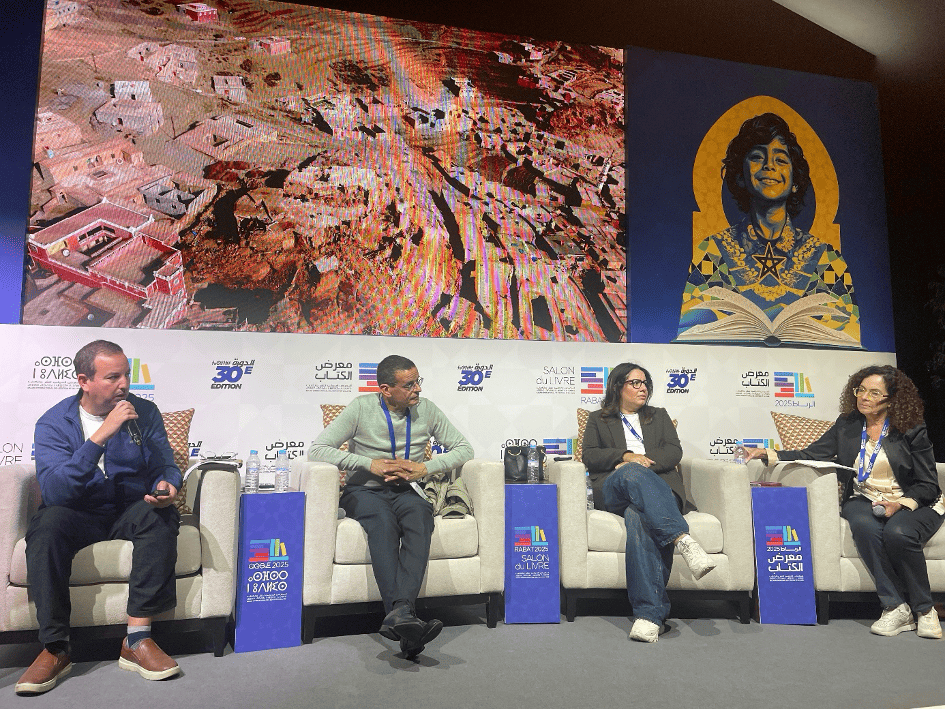
In the aftermath of the Haouz earthquake, architects, heritage experts, and cultural officials gathered, on the second day of the International Publishing and Book Fair (SIEL), to reflect on the future of traditional architecture.

In the aftermath of the Haouz earthquake, architects, heritage experts, and cultural officials gathered, on the second day of the International Publishing and Book Fair (SIEL), to reflect on the future of traditional architecture.

In the aftermath of the Haouz earthquake, architects, heritage experts, and cultural officials gathered, on the second day of the International Publishing and Book Fair (SIEL), to reflect on the future of traditional architecture.
The tragedy in the High Atlas has exposed the complex challenge of rebuilding rural areas while honoring Morocco’s architectural heritage. How can reconstruction respect traditional know-how while meeting today’s safety standards? This question was at the heart of a panel discussion titled "The Haouz Earthquake: A Threat to Heritage or a Chance to Reinvent Tradition?" held at Salle Liqae.
Architect Selma Zerhouni, who moderated the session, stressed that reconstruction goes beyond technical concerns: “It’s not just about housing, but about inhabiting.” She warned against the widespread use of concrete, calling it poorly adapted to seismic zones, particularly when implemented with low-quality materials. According to her, urban-centered regulations are poorly suited for rural realities: “We don’t understand rural areas, we only know the urban world.” She called for a deep rethinking of construction norms to address the unique needs of these regions.
Architect Houda Rouissi shared her hands-on experience leading a project to rebuild 30 houses in the village of Tinmel using local materials. She faced resistance from residents, who viewed traditional materials like stone and rammed earth as degrading. Nevertheless, she explained that she managed to convince some of the inhabitants of the value of these traditional techniques.
Fouad Kaïs, also an architect, contributed to the discussion by emphasizing the urgent need to rethink reconstruction strategies in a way that reconnects with Morocco’s vernacular architectural roots. He insisted on the importance of architectural coherence and contextual design, advocating for solutions that emerge from the territory's identity rather than imposed models.
Mustapha Jlok, Director of Tangible and Intangible Heritage at the Ministry of Culture, expressed an optimistic outlook on the reconstruction process, emphasizing the importance of rebuilding entire rural ecosystems rather than focusing solely on individual homes. He praised the efforts in the Khouzama commune as a concrete example of a comprehensive, inclusive, and sustainable approach, reflecting a forward-thinking and well-coordinated management of affected areas.
The session highlighted that post-disaster rebuilding must consider not only technical and safety issues but also the cultural and symbolic value of vernacular housing. In this context, the earthquake may represent not only a loss but also an opportunity to reinvent tradition, blending resilience, sustainability, and heritage preservation.
